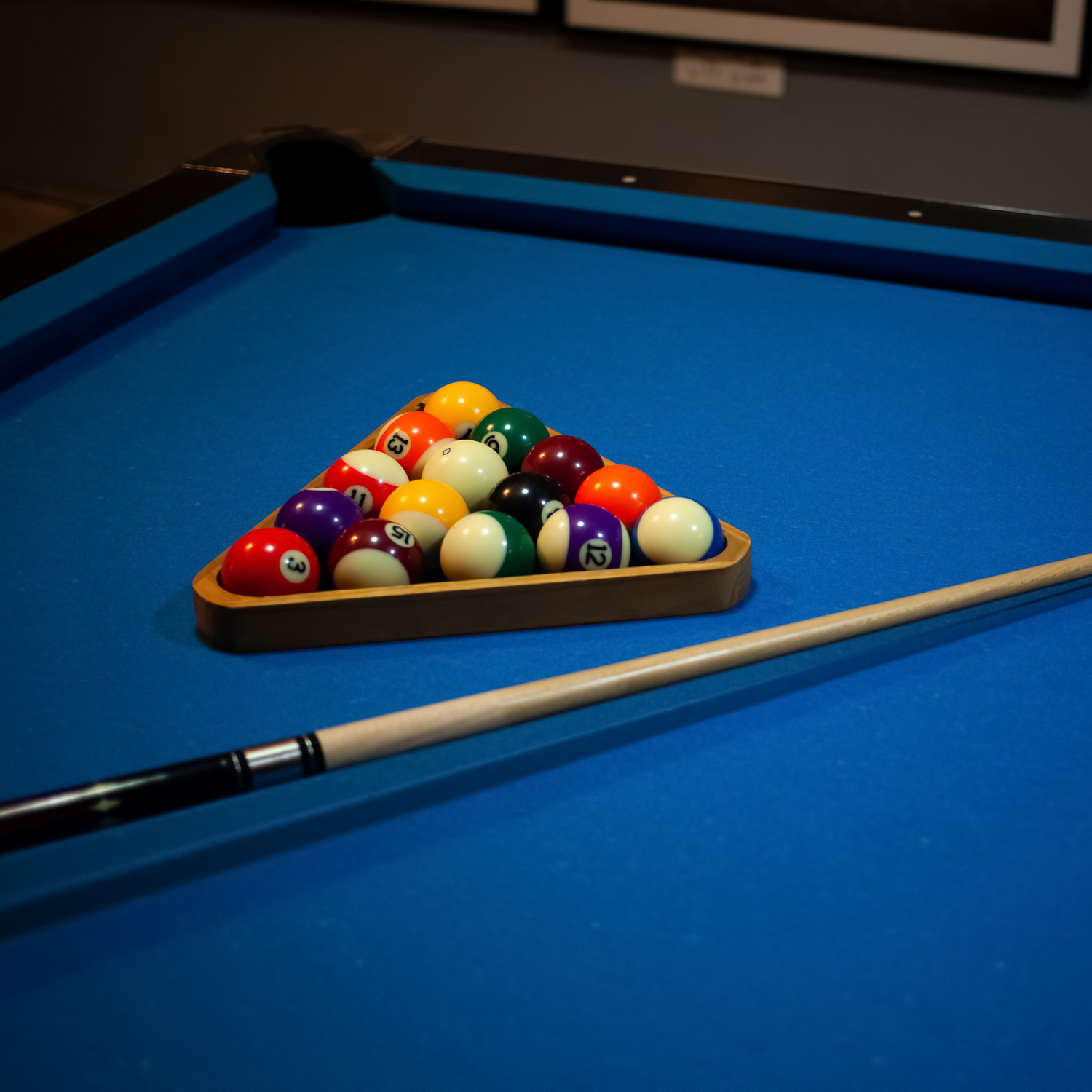**Understanding the Differences Between Billiards, Pool, and Snooker**
Billiards, pool, and snooker are popular cue sports with distinct rules and gameplay.
**Pool:** This is the most popular variation, featuring games like eight-ball and nine-ball. Pool tables measure 7 to 9 feet long and have six pockets. A standard game uses 16 balls: one white cue ball and 15 coloured balls (solid or striped). Players aim to pocket all their designated balls before sinking the eight ball (in eight-ball) or hit balls in numerical order (in nine-ball).
**Snooker:** Originating in the late 19th century, snooker is especially popular in the UK. The tables are the largest, measuring 12 feet by 6 feet, and have six pockets. The game uses 22 balls: one white cue ball, 15 red balls, and six coloured balls. Players alternate potting red and coloured balls to accumulate points, striving for a target score, typically 147.
**Billiards:** Also known as carom billiards, this game is played on a pocketless table (10 feet by 5 feet) with three balls: one white, one yellow or red, and a red ball. The goal is to score by hitting two balls in one stroke, requiring precise angle calculations and skilful execution.
Each game offers a unique challenge and strategy, appealing to different preferences and skill sets.

